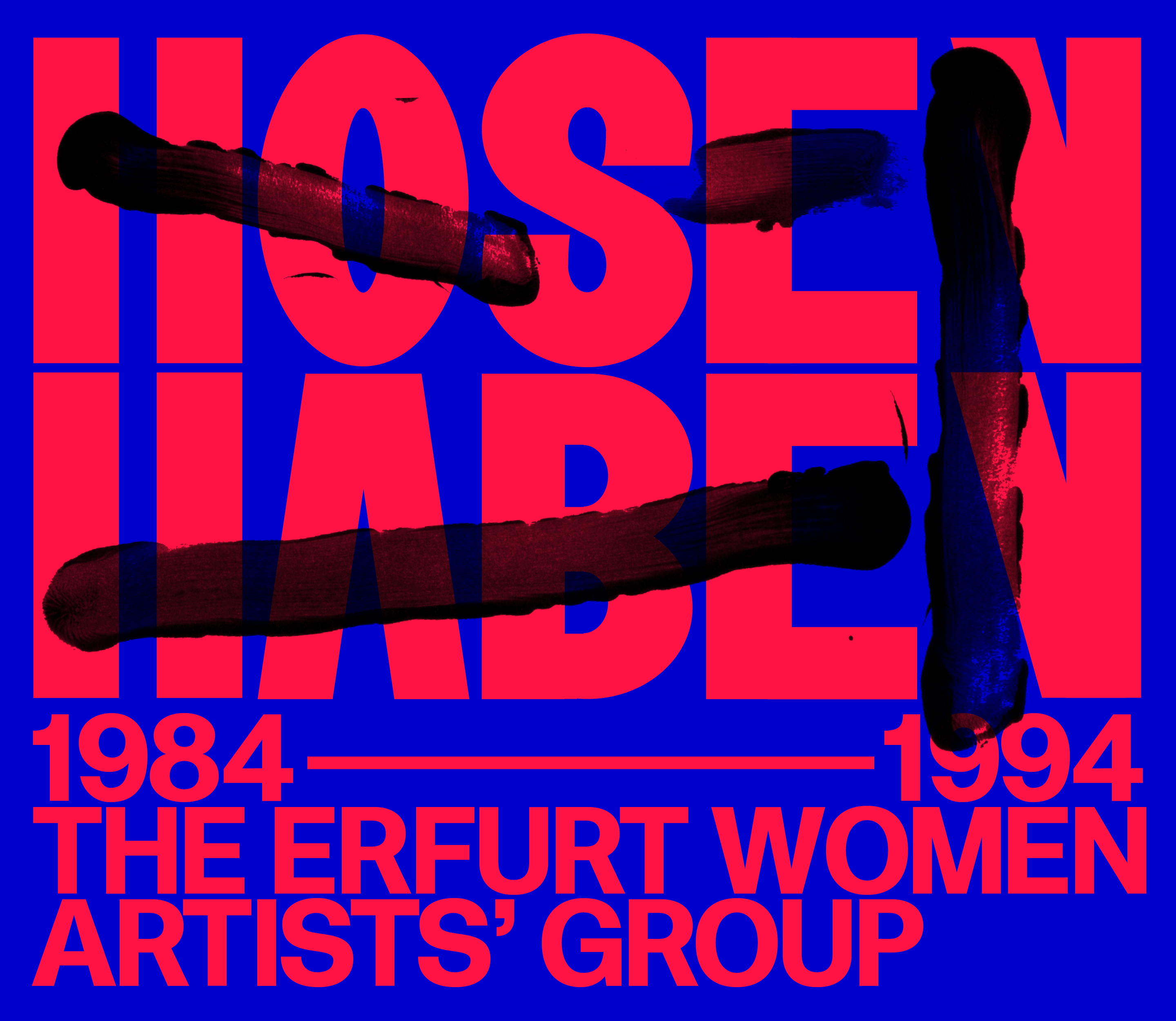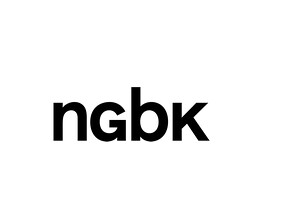Hosen haben Röcke an (Trousers Wearing Skirts)
Künstlerinnengruppe Erfurt (1984‒1994)
November 27, 2021–January 30, 2022
1st floor, entrance via escalator
Karl-Liebknecht-Strasse 11/13
10178 Berlin
Germany
presse@ngbk.de
For the first time on such a large scale, this exhibition presents original artworks, archive material and costumes from the personal collections of the group’s members.
Künstlerinnengruppe Erfurt (Erfurt Women Artists’ Group) was active for around a decade, beginning in the last years of the East German state. Founded by Gabriele Stötzer in 1984, it lived out an artistic alternative to the prevailing conditions. Unlike many other subversive women’s collectives, its long existence and cohesion was based on an artistic motivation. The group defended its freedom and autonomy under the conditions of a totalitarian system, its non-institutional structure ensuring maximum flexibility. The group’s Super-8 films, photographs, performances, fashion/object shows, manifestos and sound experiments celebrate female self-empowerment, gender justice, artistic freedom as a universal human right, and radical critiques of society. While displaying the heterotopic quality characteristic of art-scene subcultures at the time, the group’s activities were also explicitly social and political in tone.
Artistic and social liberation in authoritarian systems
Initially, the women met to discuss nonconformist and feminist literature, esoteric knowledge and questions of sexual liberation. But their interest soon shifted to the elaboration of an interdisciplinary artistic practice. This is reflected especially clearly in five experimental Super-8 films that also give the exhibition its basic structure. These films (made beginning in 1986) and later live performances with literary and musical elements revolve around provocative costumes created by the artists as alter egos. Early films like Frauenträume (Women’s Dreams, 1986) and Geister berühren (Touching Ghosts, 1987) were not deliberately designed as acts of political dissidence. At this early stage, the group’s actions aimed more at exploring unspoken secrets of female identity and energy. In Frauenträume personal dreams served as a symbolic surface for the projection of brief, often surrealistic scenes: Monika Andres examined the archetype of the »third breast«, Verena Kyselka staged a secret break-in at Erfurt Cathedral, while Ingrid Plöttner made her fantasy of flying come true. Komik Komisch (Comedy Funny, 1988) was the first film to politicize the aesthetic. Signale (Signals, 1989) and Die Überfahrt/Cross-over (1990) can be read as explicit responses to political change in the real world.
Although many cultural figures were going into exile at the time due to political repression, these women artists all refused to leave East Germany. Additional space for their activities was provided through the countercultural infrastructure of the Protestant Church in Thuringia, which also supported punks and peace activists. The high-profile occupation of the Stasi headquarters in Erfurt on December 4, 1989 was organized by five activists, including three women from the Künstlerinnengruppe. In the course of events unfolding at the end of 1989, this was the first occupation of a Stasi building anywhere in the GDR, soon followed by similar actions in other cities. What was special about the Erfurt occupation was the fact that it was organized exclusively by women – women who had improved and perfected their organizational skills during many years of underground activity. Such strategies, going beyond the field of art, and the successful founding of the artist-run Kunsthaus Erfurt, that is still operating today, mark the unique quality of Künstlerinnengruppe Erfurt, which remained active with different members until 1994. As the curators say: “The way they turned their ideas, fears, and desires into art, based on solidarity, creativity and political fearlessness, remains highly relevant today.”
Artists: Monika Andres, Claudia Morca Bogenhardt, Tely Büchner, Elke Carl, Monique Förster, Gabriele Göbel, Ina Heyner, Angelika Hummel, Verena Kyselka, Bettina Neumann, Ingrid Plöttner, Marlies Schmidt, Gabriele Stötzer, Harriet Wollert and others.
nGbK project group: Susanne Altmann, Kata Krasznahorkai, Christin Müller, Franziska Schmidt, Sonia Voss
Guided tours of the exhibition with the curators
December 8, 2021, 6pm, with Susanne Altmann (German/English)
December 18, 2021, 4pm, with Kata Krasznahorkai (German/English)
January 8, 2022, 4pm, with Christin Müller (German)
January 12, 2022, 6pm, with Sonia Voss (German/English/French)
January 12, 2022, 4pm, with Franziska Schmidt (German)
Film & discussion, Weggefährtinnen OstWest (Sisters in Arms EastWest)
January 15, 2022, 5pm
“Aus dem Jetzt ins Heute” (From Now to the Present)
January 29, 2022, 5pm
For the latest details concerning access to our space during the pandemic, please visit the website.
Press contact:
Wayra Schübel, T +49-30-616 513 13 / presse [at] ngbk.de
Please find further press information here, including images.





